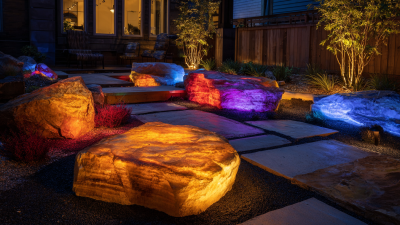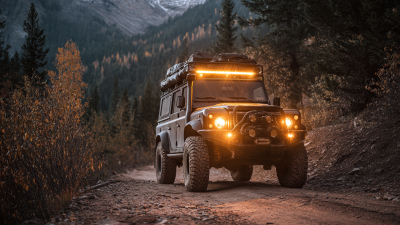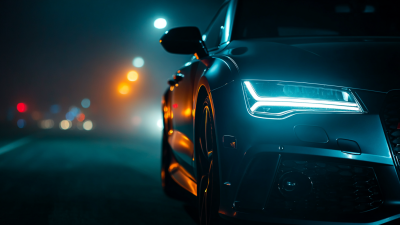Leave Your Message
When venturing into the rugged terrains of off-road adventures, proper lighting is essential for safety and performance. According to a report by the Specialty Equipment Market Association (SEMA), nearly 70% of off-road enthusiasts consider lighting to be a critical upgrade for night-time expeditions. Amidst various options available, choosing the right lights for off road activities can significantly enhance visibility and vehicle control. Advanced lighting technologies such as LED and HID have revolutionized the off-road experience, providing brighter illumination with lower energy consumption. Moreover, a study from the Off-Road Business Association highlights that well-equipped vehicles with high-quality lighting improve driver confidence and help reduce the likelihood of accidents during low-light conditions. This blog will guide you through selecting the best lights for off road adventures, ensuring you illuminate your path effectively and safely.
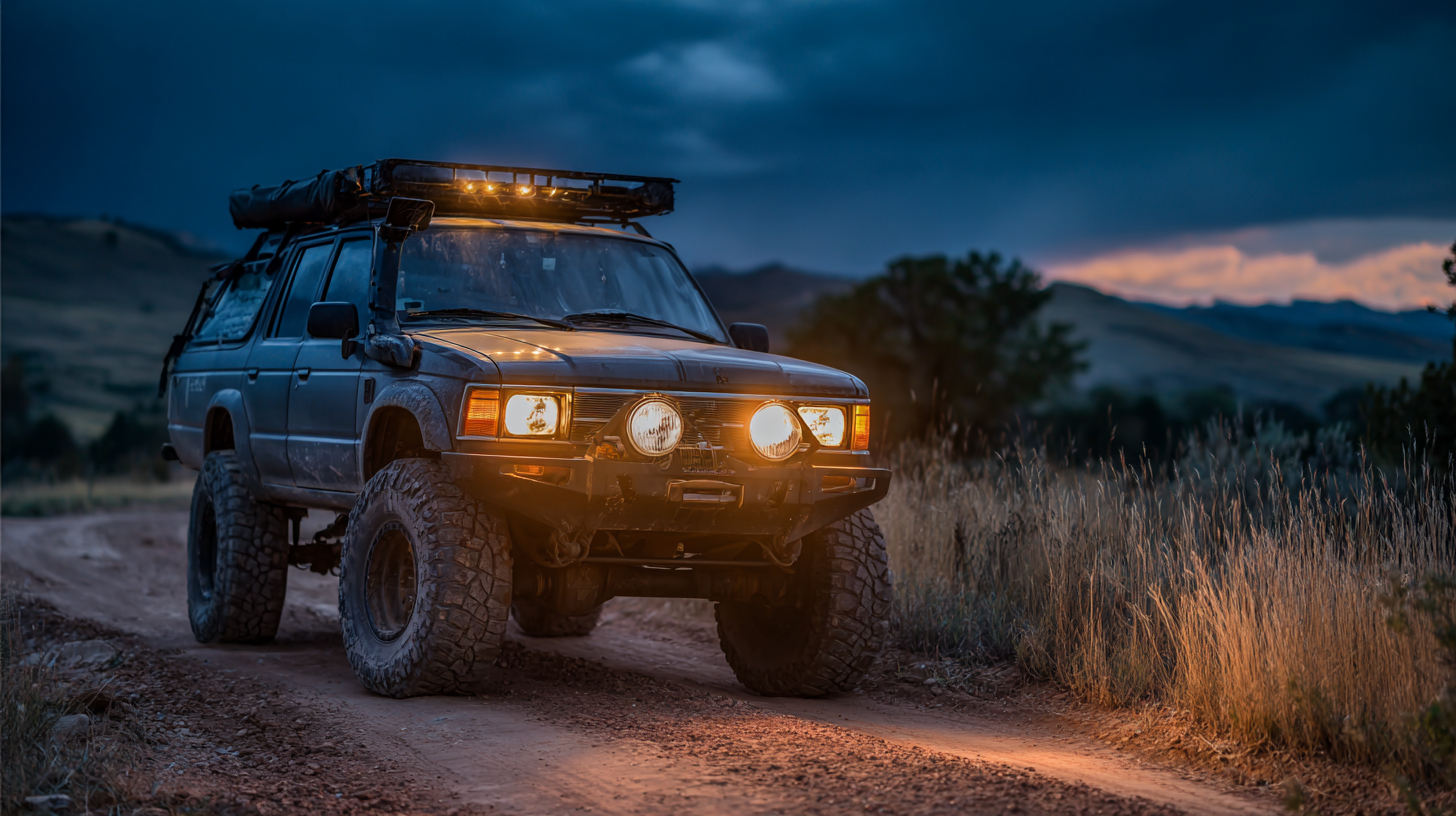
When selecting the best lights for off-road adventures, several essential factors must be considered to ensure safety and effectiveness. One primary factor is brightness, typically measured in lumens. According to a report by the Specialty Equipment Market Association (SEMA), off-road lights with higher lumens—generally above 5,000—are favored for illuminating dark terrains effectively. This brightness is crucial when navigating through rugged trails where obstacles may not be easily visible.
Another important consideration is the light beam pattern. Off-road lighting options generally fall into three categories: flood, spot, and combination. Flood lights provide wide illumination but shorter range, while spot lights offer long-range visibility with concentrated beams. A study from Truck Trend highlights that vehicles equipped with a combination of both types of lights significantly enhance driver awareness and reaction times during off-road excursions. Furthermore, durability is paramount; lights should be waterproof and shock-resistant, as per industry standards, to withstand harsh environmental conditions encountered in off-road settings.
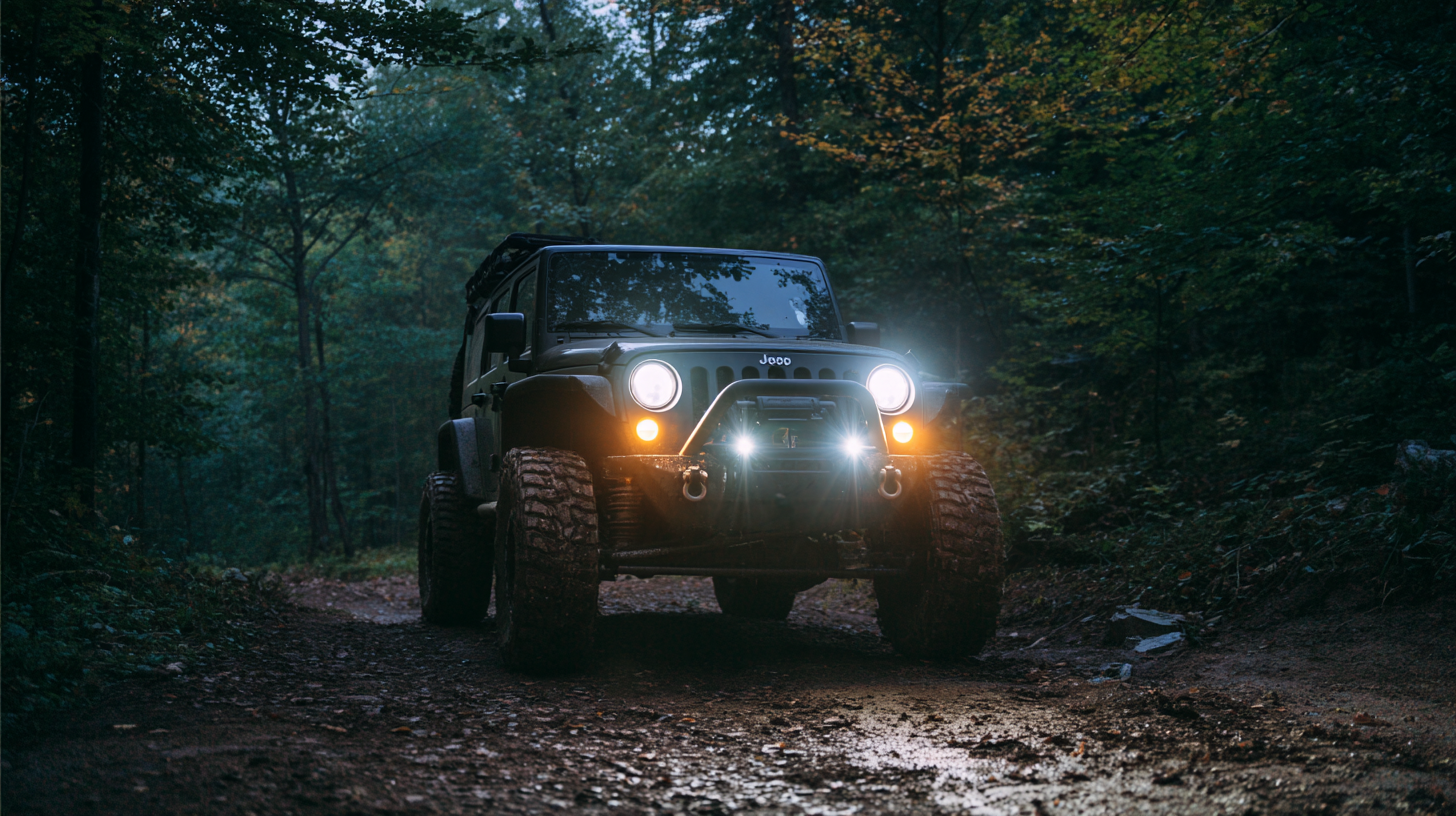
When it comes to choosing the best lights for your off-road adventures, understanding the different types available is crucial. Various terrains and activities demand tailored lighting solutions. For instance, LED light bars provide enhanced visibility over vast distances, making them ideal for navigating dark, rugged trails. They offer a broad beam that illuminates the path ahead while maintaining a low energy footprint, perfect for long trips where conserving battery life is essential.
On the other hand, spotlights are excellent for pinpointing objects ahead, making them suitable for activities like off-road racing or night navigation in unfamiliar territory. With their focused beam, they enable drivers to see obstacles well in advance. Additionally, auxiliary lights can supplement existing headlights, increasing overall brightness and ensuring safety. Whether you're hiking, biking, or off-roading in a rugged vehicle, selecting the right lighting can enhance your adventure, ensuring you stay safe and have fun in the great outdoors.
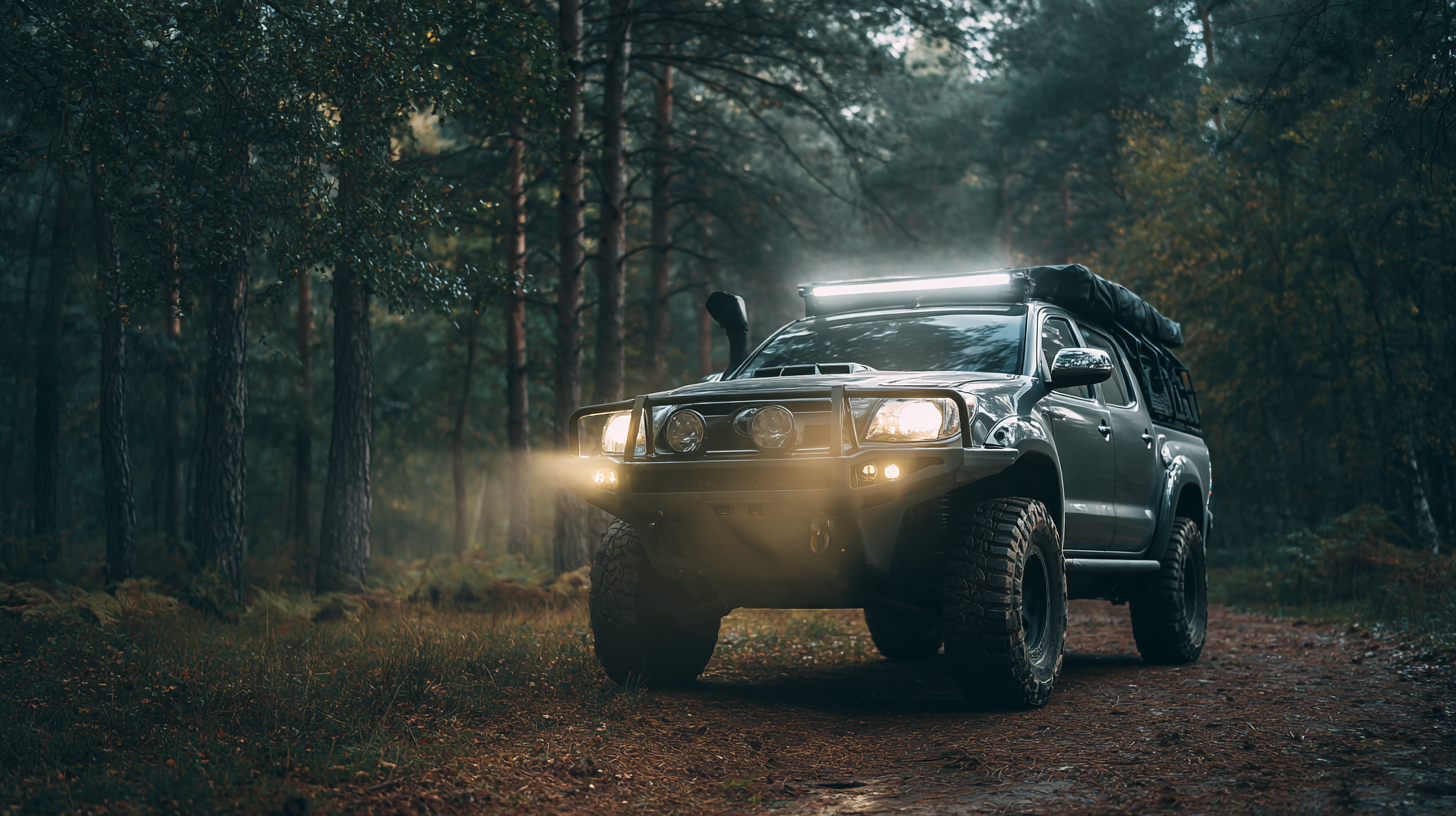
When it comes to off-road adventures, selecting the right brightness for your lights is essential for safety and visibility. The ideal brightness is measured in lumens, with off-road lights typically ranging from 1,000 to 25,000 lumens. According to a report by the Specialty Equipment Market Association (SEMA), a lumens range of 5,000 to 10,000 is generally sufficient for most off-road driving scenarios. However, in more challenging terrains or during nighttime excursions, lights that produce 10,000 lumens or more can significantly enhance visibility, allowing you to spot obstacles and navigate effectively.
Tip: Before investing in off-road lighting, assess the environment in which you’ll be driving. For dense woods or areas with heavy fog, consider lights that offer a warmer color temperature, as they can reduce glare and improve visibility. On the other hand, for open terrains, lights with a cooler color temperature can provide a broader spread of light.
Another important aspect to consider is beam pattern. Spot beams are ideal for long-distance visibility, while flood beams illuminate a wider area but with less distance. According to the Off-Road Industry Council, a combination of both types is often the best approach, ensuring you have both good distance and spatial awareness during your adventures.
Tip: When mounting off-road lights, ensure they are positioned high enough to avoid obscuring the light beam with debris, yet still low enough to provide optimal illumination for the terrain ahead.
When it comes to off-road adventures, the right lighting can significantly enhance your experience by providing visibility in challenging conditions. Proper mounting and positioning of your off-road lights are crucial for maximizing their effectiveness. One key tip is to ensure that your lights are mounted high enough to avoid obstructing visibility of the road and to reduce the risk of damage from obstacles. Consider using a roof-mounted setup for broader illumination that is less likely to be obstructed by the terrain.
Additionally, pay attention to the angle of your lights. Angling them slightly outward can help illuminate the area closer to your vehicle, allowing you to see obstacles in your path more clearly. Alternatively, positioning them a bit lower can provide better visibility in foggy conditions, where higher lights can reflect off the fog, reducing overall visibility. Always be mindful of the common driving scenarios you'll encounter and adjust your light positioning accordingly to ensure a safe and enjoyable off-road adventure.
When planning off-road adventures, one crucial aspect to consider is the quality of the lights you will use. Good lighting is essential for safety and performance, especially on rugged terrains where visibility is often compromised. However, many outdoor enthusiasts might find themselves concerned about the budget. Luckily, there are affordable options that deliver impressive performance without breaking the bank.
Recently, there has been a noticeable improvement in the quality of various budget-friendly brands. These brands have made significant strides in reliability and durability, closely matching the performance traditionally associated with more expensive options. Therefore, when selecting lights for off-road use, it is wise to look for reviews and comparisons that emphasize reliability and cost-effectiveness. Focus on features such as brightness, beam distance, and durability to ensure that you choose lights that will perform well in challenging conditions, while staying within your budget. With proper research, you can find lights that enhance your off-road experience without compromising on quality.
| Light Type | Lumens Output | Price Range (USD) | Durability (IP Rating) | Average Lifespan (Hours) |
|---|---|---|---|---|
| LED Light Bar | 6000 | $100 - $150 | IP68 | 50,000 |
| Halogen Fog Lights | 1500 | $60 - $100 | IP65 | 500 |
| Portable LED Work Light | 2000 | $70 - $120 | IP54 | 20,000 |
| Headlights | 3500 | $80 - $140 | IP67 | 30,000 |
